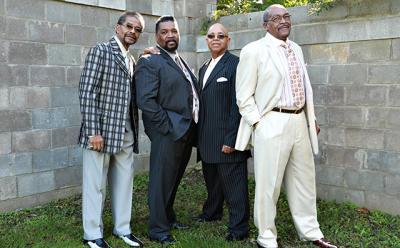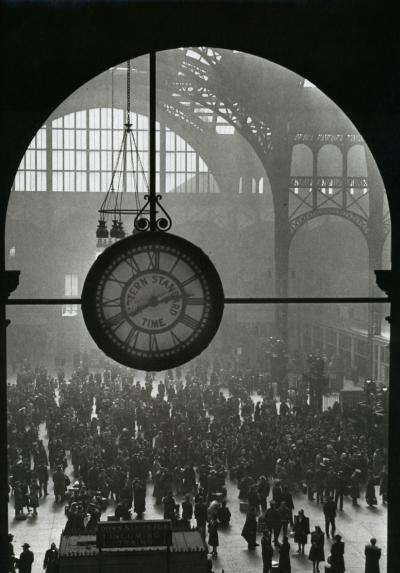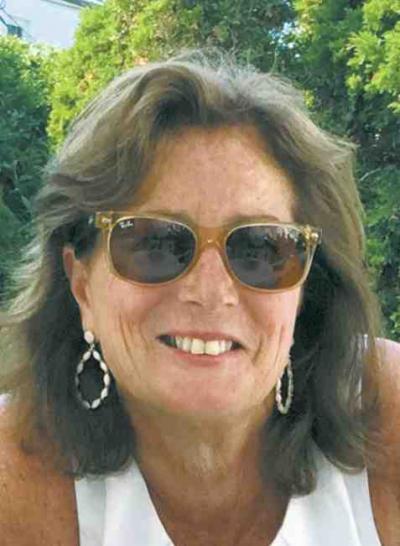Jazz, Country, Rock, and ‘Whograss’ in Sag
Jazz, Country, Rock, and ‘Whograss’ in Sag

The fifth annual Sag Harbor American Music Festival will bring an eclectic mix of rootsy American sounds to that village this weekend.
These sounds — jazz, country, rock ’n’ roll, blues, and more — will fill the air from the Old Whalers Church to Long Wharf and at venues including the Whaling Museum, the American Hotel, and various restaurants, shops, and galleries. The complete schedule and tickets for the headline events are at sagharbomusic.org.
Those planning to attend the festival can get in the mood tonight at 7:30 with “Legends of American Music,” a film hosted by Joe Lauro, at Bay Street Theater. Tickets are $15.
The Fairfield Four, launched in 1921 atNashville’s Fairfield Baptist Church, will make their first-ever appearance on Long Island when they perform tomorrow at 8 p.m. at the Old Whalers Church. The Grammy-winning group had become a quartet by the 1940s and, while its original members are deceased, the National Endowment for the Arts has designated the Fairfield Four as National Heritage Fellows. They have performed or recorded with artists including John Fogerty, Dolly Parton, and Amy Grant, and appeared in the film “O Brother, Where Art Thou?”
“They are known as masters of traditional African-American a capella gospel,” Kelly Connaughton Dodds, the festival’s president and co-artistic director, said of the Fairfield Four. “A capella gospel has influenced all kinds of American music. For our fifth anniversary, we feel it was a special opportunity for us to present them. For many, it will be a once-in-a-lifetime performance.” Tickets for the Fairfield Four are $25 and $45.
Free performances will begin at 11 a.m. on Saturday and conclude at 9 p.m. That night at 9, the HillBenders will perform “The Who’s Tommy, a Bluegrass Opry” at Bay Street Theater. Chosen by Rolling Stone magazine as one of its top picks from the 2015 South by Southwest Music, Film, and Interactive Festival in Austin, Tex., the Springfield, Mo., group plays the Who’s groundbreaking rock opera in its entirety, a 75-minute “Whograss” performance including video accompaniment and audience participation. Tickets are $25.
A gospel brunch featuring the Ron Crichlow Ensemble will complete the festival on Sunday from noon to 2 p.m. at Harlow East restaurant. Tickets include a prix fixe menu.
The festival will also feature the work of the artist Maryann Lucas, who lives and works in Sag Harbor. “She suggested, and offered to paint for us, musicians in various locations in Sag Harbor,” Ms. Connaughton Dodds said. In each of the festival’s five years, Ms. Lucas has created a painting featuring musicians at a prominent location in the village, which is raffled to benefit the festival. “Additional funds we raise help in our donations to local music programs and other things throughout the year,” Ms. Connaughton Dodds said. “She’s wonderful.”



